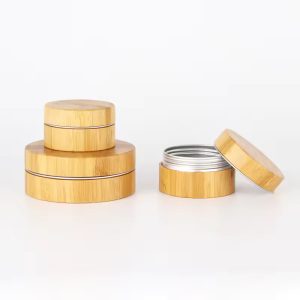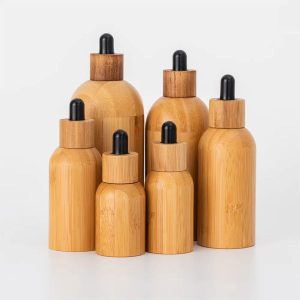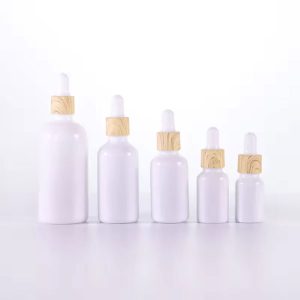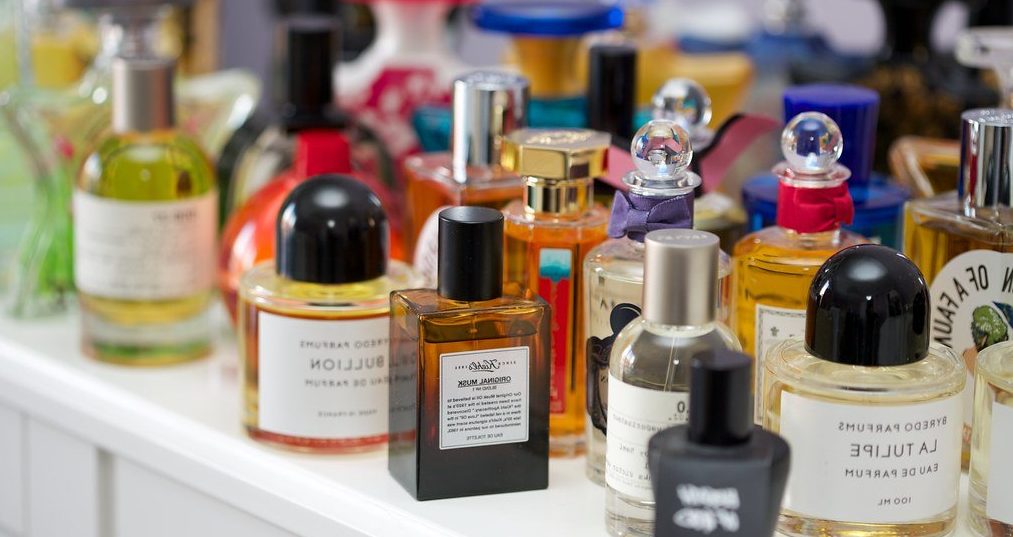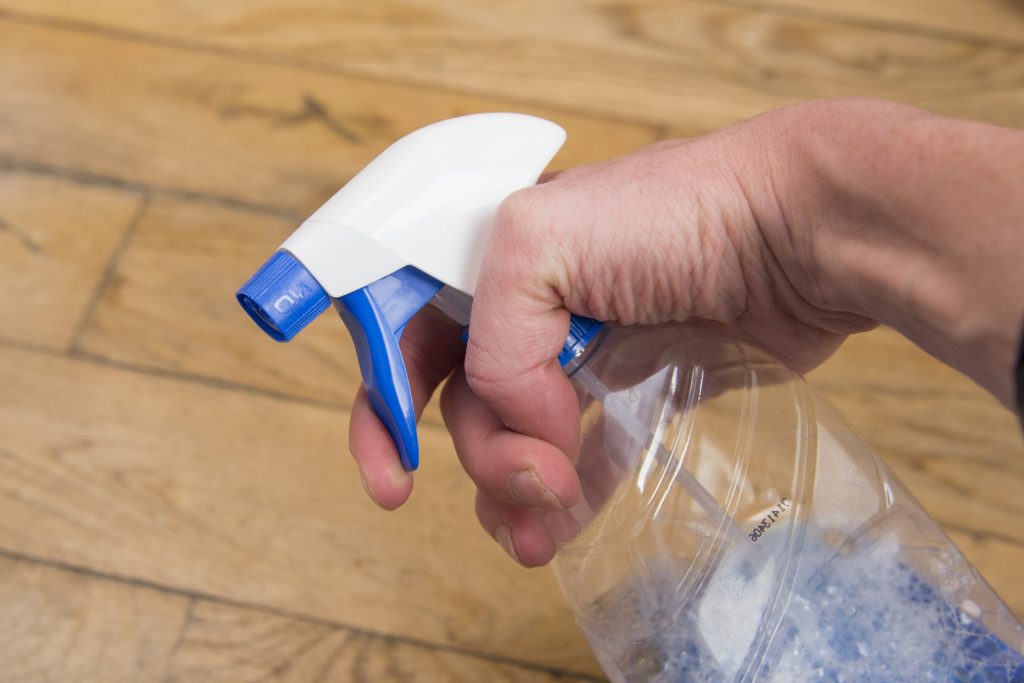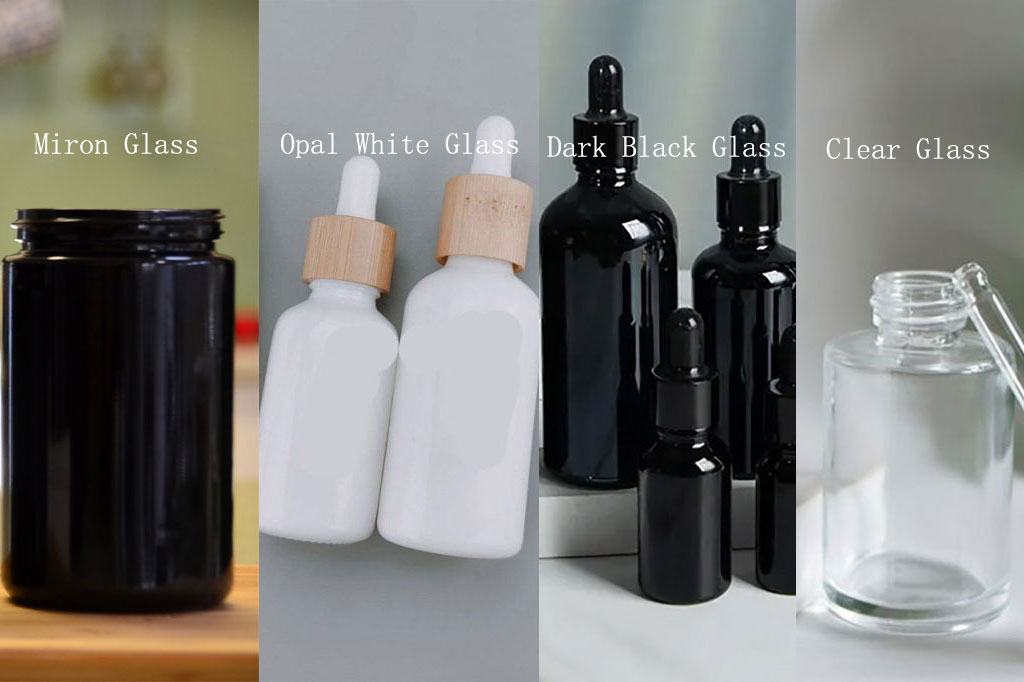With increasing consumer awareness and regulatory pressures, cosmetic companies are now more motivated than ever to adopt sustainable practices, particularly in packaging.
Sustainable cosmetic packaging is not merely a trend; it’s a critical step towards minimizing environmental impact and fostering a healthier planet.
This guide delves into the importance of sustainable packaging, explores various sustainable materials, outlines key design principles, and provides a roadmap for transitioning from traditional to eco-friendly packaging.
Additionally, we will highlight successful case studies demonstrating effective sustainable packaging initiatives in the industry.
Why Sustainable Cosmetic Packaging?
Sustainable cosmetic packaging is crucial for several reasons:
- Environmental Impact: Traditional cosmetic packaging often relies on single-use plastics and non-biodegradable materials, contributing significantly to pollution and waste. Sustainable packaging helps reduce the environmental footprint of the beauty industry.
- Consumer Demand: Consumer demand for sustainable cosmetic packaging is rising. Today’s environmentally aware consumers seek brands committed to sustainability, preferring products that align with their values, fostering trust and loyalty.
- Regulatory Compliance: Governments and regulatory bodies are implementing stricter guidelines and regulations regarding cosmetic packaging materials, waste management, and environmental impact.
- Corporate Responsibility: Sustainability reflects a brand’s commitment to ethical practices and social responsibility, which is becoming a core value for many businesses.
Aspect | Sustainable Cosmetic Packaging | Traditional Cosmetic Packaging |
Materials | Recycled, biodegradable, compostable, and refillable materials | Plastic, non-recycled cardboard, non-biodegradable materials |
Environmental Impact | Lower carbon footprint, reduces waste, less pollution | High carbon footprint, contributes to landfill waste and pollution |
Cost | Often higher upfront cost, but can be cost-effective in the long term | Typically lower upfront cost, but higher long-term environmental cost |
Consumer Appeal | Attractive to eco-conscious consumers, enhancing brand loyalty | Widely accepted, but increasingly less appealing to eco-conscious consumers |
Regulatory Compliance | Increasingly aligns with tightening environmental regulations | May face future restrictions and penalties due to non-compliance |
Durability and Protection | Advanced sustainable options provide comparable durability and protection | Traditionally known for high durability and product protection |
Aesthetics | Modern designs are increasingly sophisticated and appealing | Established designs, widely accepted but may appear outdated |
Brand Image | Enhances eco-friendly and responsible brand image | Neutral or negative impact on brand image in terms of sustainability |
Market Trends | Growing demand and market share | Declining preference among environmentally conscious consumers |
Innovation and Adaptability | Encourages innovation in packaging technology and materials | Less pressure to innovate, sticking with traditional methods |
Sustainable Materials for Cosmetic Packaging
Selecting the right materials is fundamental to creating sustainable cosmetic packaging. Here are some of the most promising options:
Recycled Plastics
Recycled plastics are made by reprocessing used plastic materials to create new packaging. Utilizing recycled plastics reduces the demand for virgin plastic production and helps divert waste from landfills.
|
|
Biodegradable Plastics
Biodegradable plastics are designed to break down more quickly and safely in the environment compared to traditional plastics, often through the action of natural organisms.
|
|
Paper and Cardboard
FSC-certified paper and cardboard are sourced from sustainable forestry practices, these materials are biodegradable and widely recyclable, they are sustainable options for outer packaging and secondary containers.
|
|
Glass
A timeless material for cosmetic packaging, glass is fully recyclable and can be repurposed endlessly without loss of quality. Glass cosmetic packaging is an excellent option for high-end cosmetic products due to its aesthetic appeal and durability.
|
|
Bamboo
Bamboo is a fast-growing, renewable resource used for bamboo cosmetic packaging, often in combination with other materials. It can be crafted into various shapes and forms for caps or covers.
|
|
Sustainable Cosmetic Packaging Design Principles
Creating sustainable cosmetic packaging involves more than just choosing the right materials. Here are key design principles to consider:
- Minimalism: Adopt a minimalist approach to packaging design by reducing the amount of material used. Minimalist cosmetic packaging often translates to fewer resources and lower waste.
- Modularity: Design packaging that can be easily disassembled into recyclable components. For example, a product with a glass bottle and a plastic pump should allow the two parts to be separated for proper recycling.
- Refillable Systems: Introduce refillable packaging systems to encourage reuse.
- Multi-functionality: Create packaging that serves multiple purposes, such as a compact that doubles as a mirror or a container that can be reused for storage.
- Clear Labeling: Ensure packaging includes clear labeling to inform consumers about how to recycle or dispose of the product responsibly. Labels should also communicate the sustainable aspects of the packaging.
How to Transition from Traditional to Sustainable Cosmetic Packaging?
Transitioning to sustainable packaging can be a complex process, but it is achievable with a strategic approach:
- Assessment and Planning: Conduct a thorough assessment of current packaging materials and practices to identify areas for improvement.
- Research: Explore suitable sustainable materials that align with your sustainability goals.
- Collaboration: Work with suppliers and packaging experts to develop sustainable solutions.
- Prototyping: Create prototypes of new packaging designs to test functionality, aesthetics, and consumer acceptance.
- Gradual Implementation: Implement changes gradually to manage costs and logistics effectively. Start with a few products and expand sustainable packaging across your entire range over time.
- Feedback and Improvement: Continuously gather feedback from consumers and stakeholders to refine and improve your sustainable packaging initiatives.
Case Studies: Successful Sustainable Packaging Initiatives in the Cosmetic Industry

Several cosmetic brands have successfully adopted sustainable packaging practices. Here are a few notable examples:
- Lush Cosmetics: Known for its “naked” packaging, Lush offers a range of products without packaging, such as solid shampoos and conditioners. When packaging is necessary, Lush uses recycled and biodegradable materials.
- The Body Shop: Committed to becoming “the world’s most ethical and sustainable global business,” The Body Shop uses recycled plastic collected from streets, beaches, and communities, incorporating it into its packaging.
- Aveda: A pioneer in sustainability, Aveda utilizes post-consumer recycled materials for its packaging and is committed to responsible sourcing and reducing plastic usage.
- Fenty Beauty: By incorporating refillable packaging solutions, Fenty Beauty reduces waste and encourages consumers to reuse their cosmetic containers.
- Kjaer Weis: This brand offers luxury cosmetics in refillable metal compacts, emphasizing both sustainability and elegance. The refill system reduces waste and allows customers to keep their stylish packaging indefinitely.
- Tata Harper: This luxury skincare brand uses recyclable glass bottles and soy-based inks for their labels. They prioritize sustainable sourcing and minimal plastic use.
- Herbivore Botanicals: Herbivore uses recyclable glass and paper for most of their product packaging. They also avoid unnecessary secondary packaging to minimize waste.
In Summary
By adopting eco-friendly materials, innovative design principles, and strategic transition plans, brands can significantly reduce their environmental impact while meeting consumer demand for responsible practices.
Successful initiatives from brands like Lush, Aveda, Tata Harper, Kjaer Weis, and Herbivore Botanicals demonstrate that sustainable packaging is achievable and beneficial.


